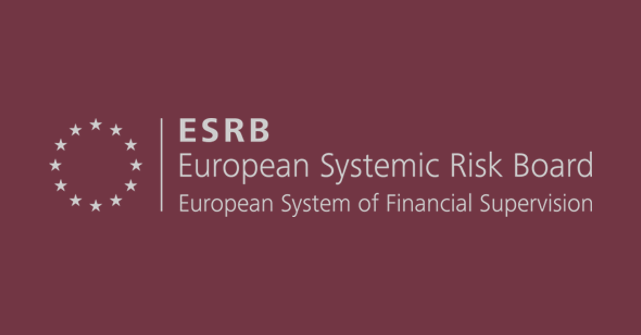ESRB publishes a report on resolving non-performing loans in Europe
QUALCO |
The European Systemic Risk Board (ESRB) has published a report on policy proposals to resolve non-performing loans (NPLs) in Europe.
At the end of 2016, the stock of NPLs in the EU banking sectors was around €1.0 trillion, representing 5.1% of total loans. The proportion of NPLs to total loans is higher than in other advanced economies like the United States or Japan, although with marked differences across countries.
The NPL overhang weighs on the efficiency of the banking sector, reducing lending capacity to the real economy and slowing economic recovery.
The current pace of NPL resolution appears to be too slow, and further delays may impair investor confidence in banks and damage the real economy.
Concluding that more effort is urgently needed to reduce NPLs, the report recommends several policy actions.
It provides an overview of the NPL situation in the EU and specifies a practical guidance on the process leading to NPL resolution as well as a summary of available options. It also identifies a range of impediments to the resolution and disposal of NPLs, relating to the supply side (banks), demand side (prospective investors) and to structural issues. The report underlines that rather than using the identified impediments to justify further delays, measures should be taken to address the impediments in parallel with actual NPL resolution.
The ESRB report outlines five high-level principles to follow when designing policies to address NPLs:The ESRB proposes a sequence of steps to be taken in order to resolve NPLs.
(i) swift recognition and action is needed to resolve NPLs, while avoiding fire sales; (ii) to avoid moral hazard, losses must be borne primarily by banks’ shareholders and other investors; (iii) solutions should fully comply with the EU legal framework; (iv) NPL resolution must include a long-term viability assessment of the affected banks; and (v) high stocks of NPLs and NPL market failures should be addressed in a comprehensive package.
The ESRB proposes a sequence of steps to be taken in order to resolve NPLs.The ESRB report concludes by making specific policy proposals for a range of measures involving various stakeholders at European and national level.
Thefirst step is to diagnose the scope of the NPL problem and operationally separate NPLs from the bank’s performing assets. Second, the NPLs should be subject to a valuation and triage in order to identify the viable exposures for restructuring and the non-viable exposures for liquidation. On that basis, it should be decided what part of the NPL stock should be gradually resolved internally and what part should be removed from the banking system through direct sales to investors, transfers to asset management companies, or securitisation. Additionally, the viability of each individual bank following the resolution of their NPLs should be assessed. The third and final step is to remove the relevant NPLs from the banking system; banks may need to be restructured, merged or sold to facilitate their return to sustainable profitability. If necessary, the banks concerned will be resolved or liquidated.
The ESRB report concludes by making specific policy proposals for a range of measures involving various stakeholders at European and national level.
They complement other important measures at the EU or euro area level. While only some of these measures are expected to yield immediate results, they are all essential to ensure tangible progress and should be initiated urgently. In the short term, microprudential authorities should strengthen their efforts to improve banks’ NPL management, by enforcing compliance with the EU NPL definition and prudent measurement of NPLs (including prudent valuation of collateral), requesting regular updates of NPL reduction strategies and setting targets for NPL reduction, as well as by extending the adoption of good practices to all banks. Supervisors should request banks with high NPL levels to report the data required for assessing their viability in a scenario in which NPLs are to be resolved. Furthermore, policymakers should develop blueprints for asset management companies to facilitate NPL sales, accompanied by EU data standards for NPLs. In the medium term, to improve recoveries from NPLs, measures should concentrate on insolvency regimes, debt enforcement, and NPL servicing. Over a longer horizon, to avoid a future build-up of NPLs, banks need to be given adequate incentives, in particular in relation to accounting, and NPL secondary markets trading platforms should be further developed.
Source: https://www.esrb.europa.eu/news/pr/date/2017/html/esrb.pr170711.en.html
